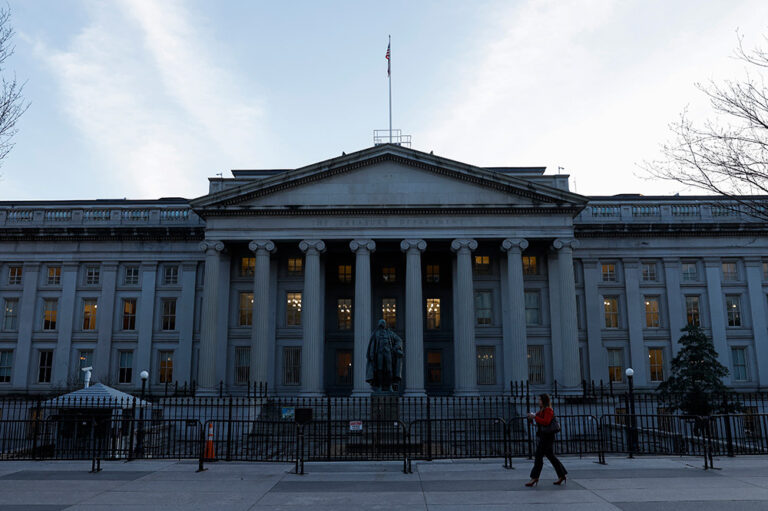Over the weekend, while policymakers in the House and Senate seemed to be at a standstill in negotiations on the next legislative package to help address the economic effects of the pandemic, President Trump signed executive actions related to unemployment insurance, payroll tax relief, student debt, and housing evictions. Those actions seem to have raised more questions than answers for many about who can enact federal spending and tax policies.
Regardless of whether the actions are upheld, budgetary decisions are best made through a transparent process in which all participants carry out their assigned roles. Responsible budgeting is one of the most important functions of the federal government. Ideally, following a logical process that leads to thoughtful policymaking would be the best way to contribute to a sustainable fiscal outlook and a healthy economy.
To learn more about the U.S. budget process — and how it is supposed to work — visit the sources below:
- Understanding the Budget Process
- Budget Process Solutions
- Introduction to the Federal Budget Process (Congressional Research Service)
Image credit: Photo by Getty Images
Further Reading
The Fed Reduced the Short-Term Rate Again, but Interest Costs Remain High
High interest rates on U.S. Treasury securities increase the federal government’s borrowing costs.
What Types of Securities Does the Treasury Issue?
Let’s take a closer look at a few key characteristics of Treasury borrowing that can affect its budgetary cost.
Quarterly Treasury Refunding Statement: Borrowing Up Year Over Year
Key highlights from the most recent Quarterly Refunding include an increase in anticipated borrowing of $158 billion compared to the same period in the previous year.


